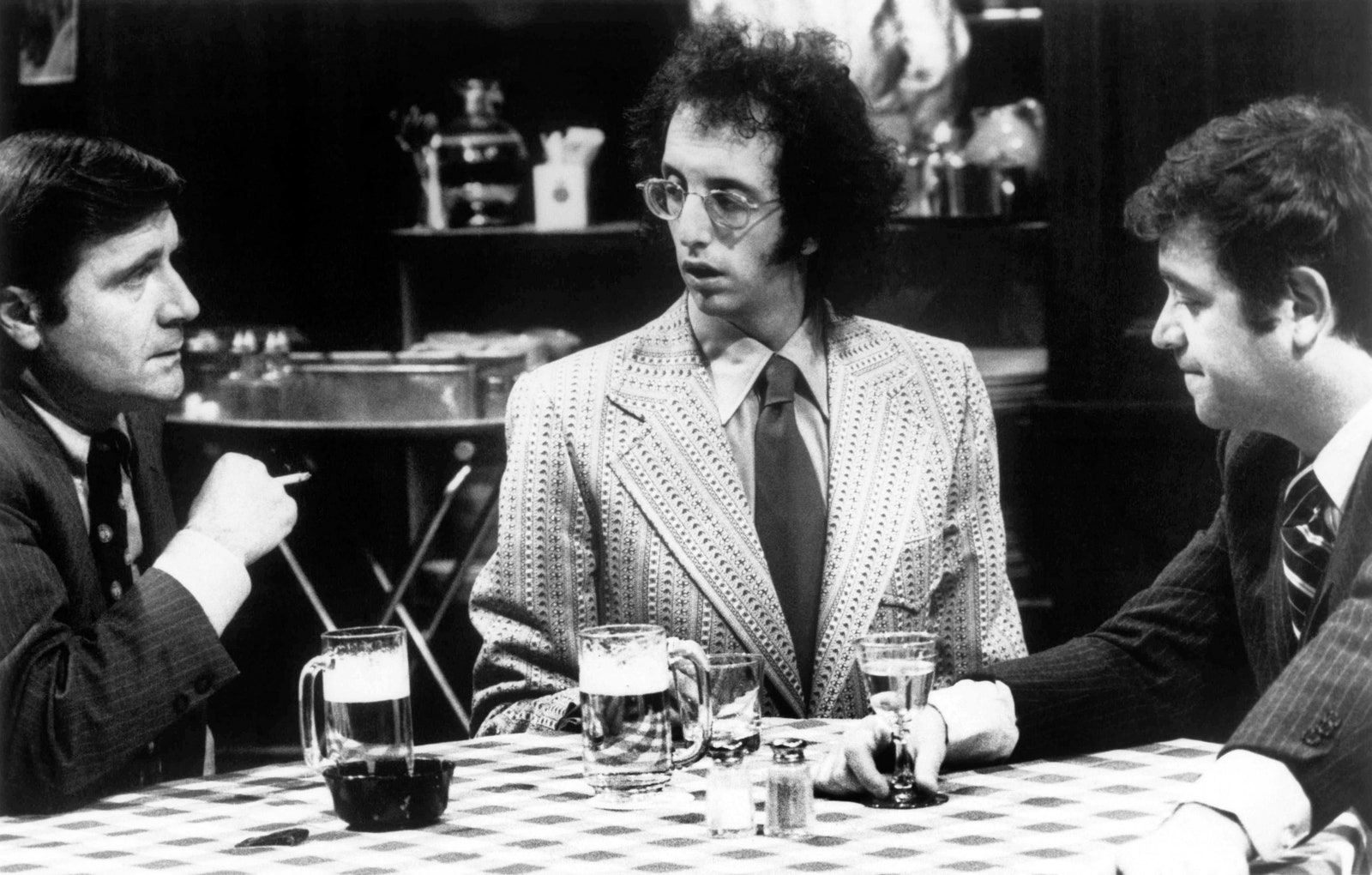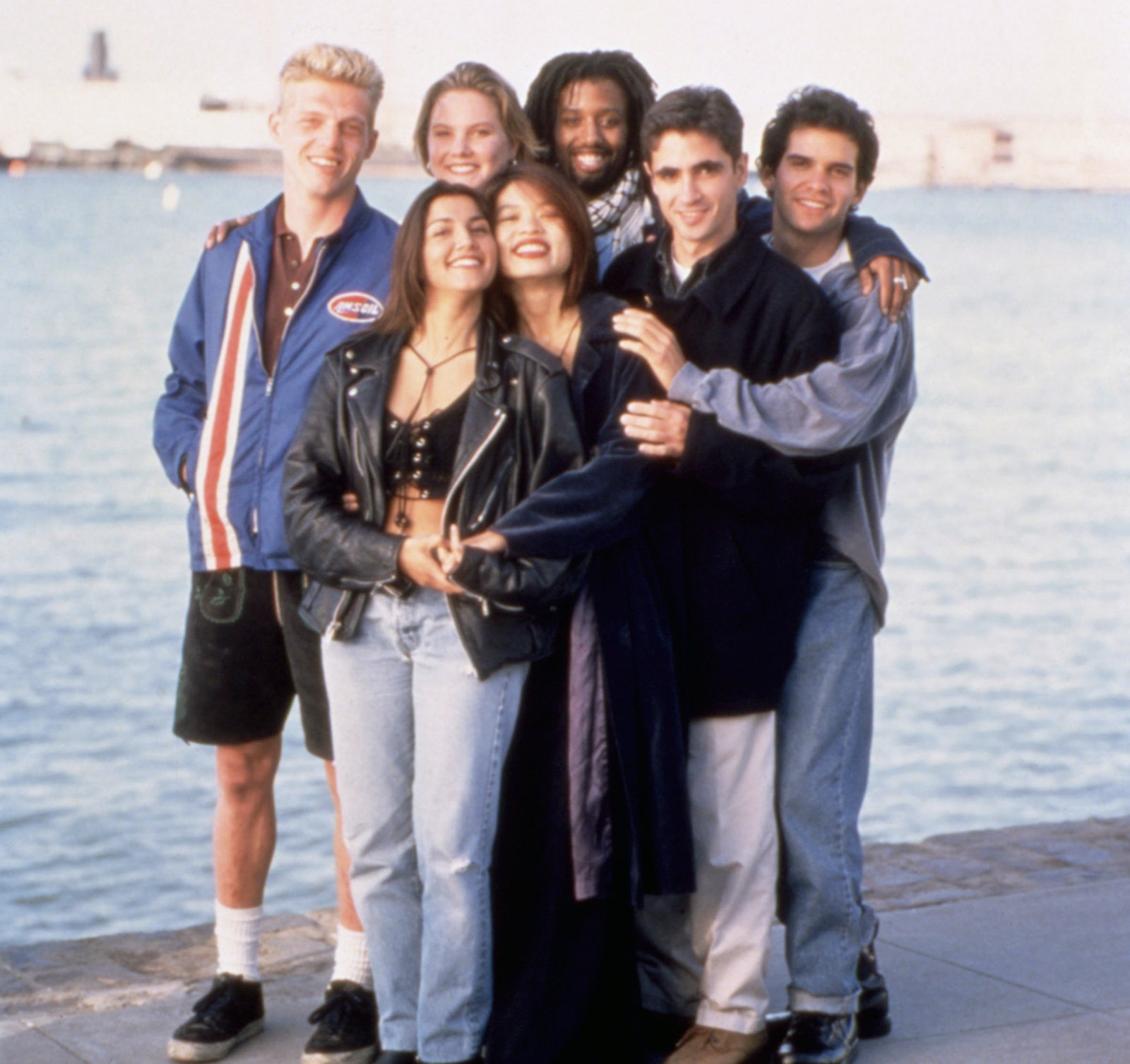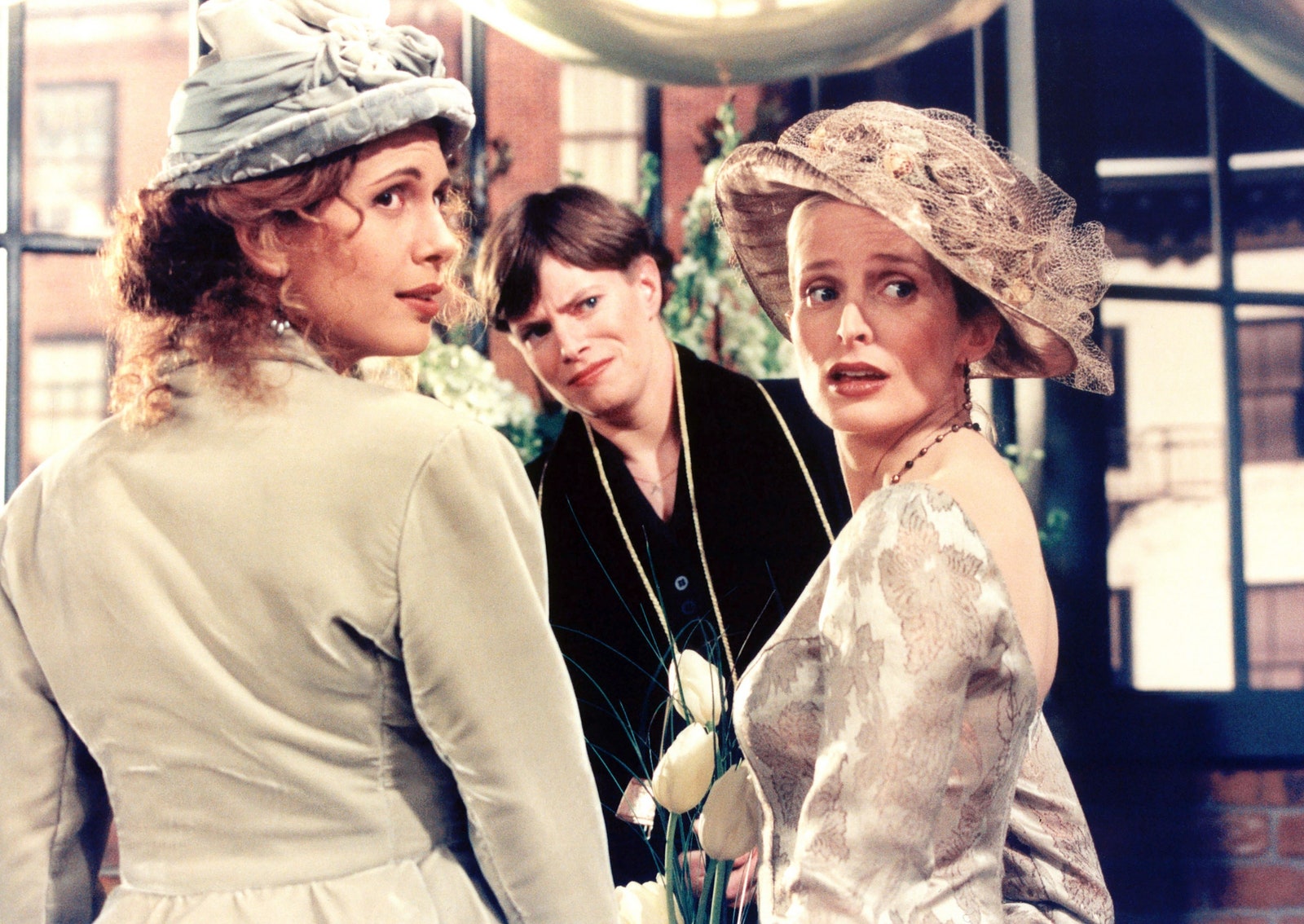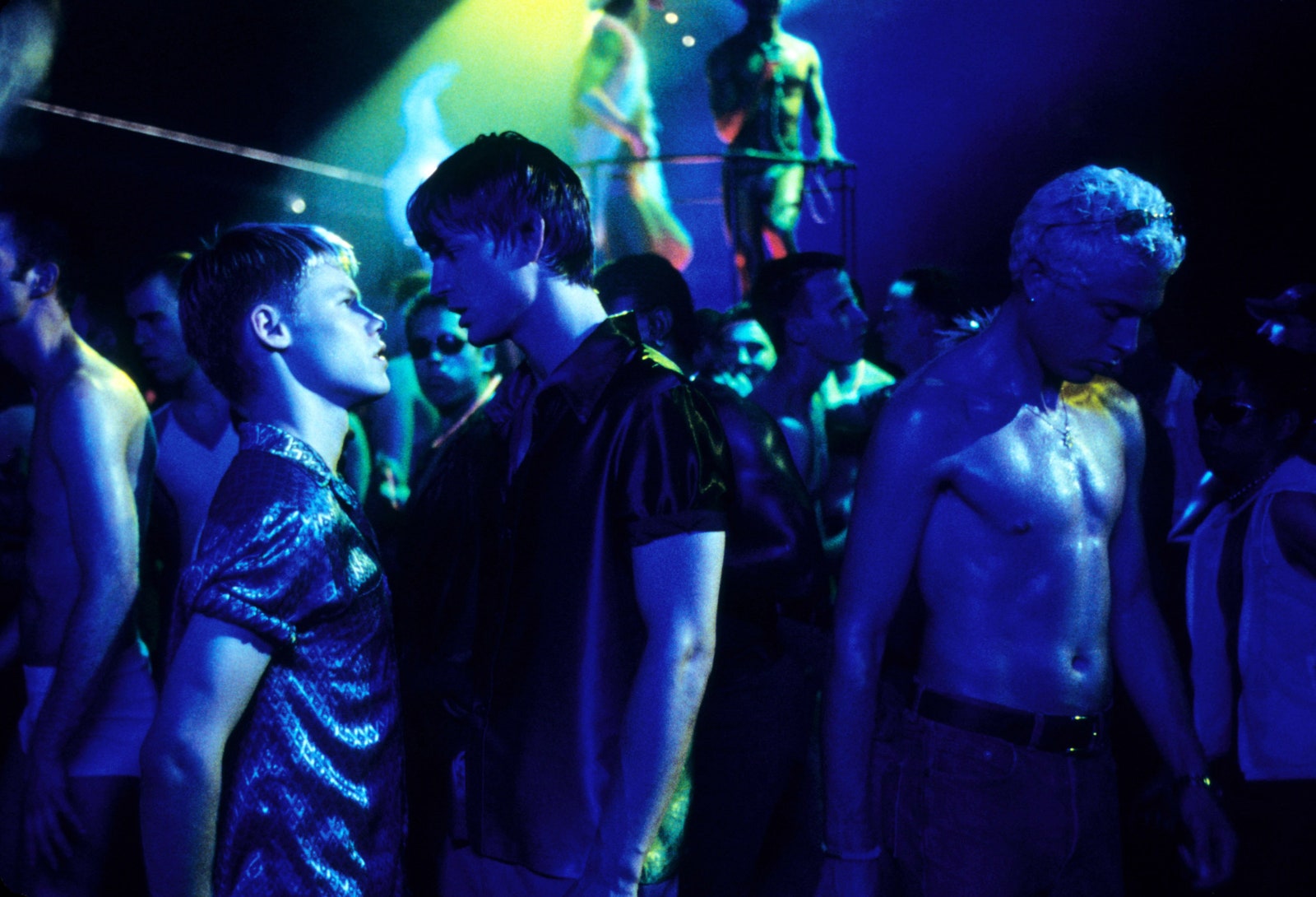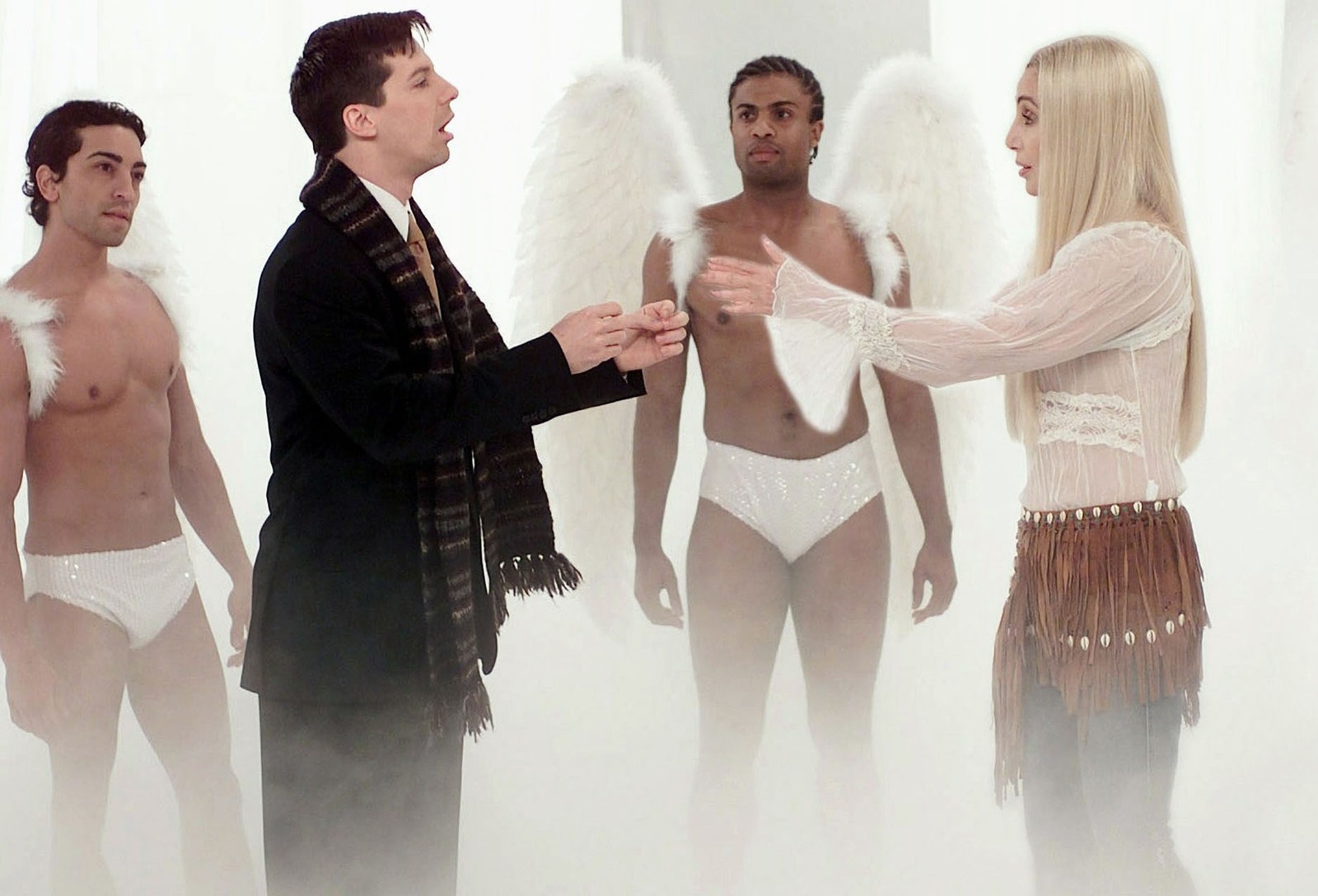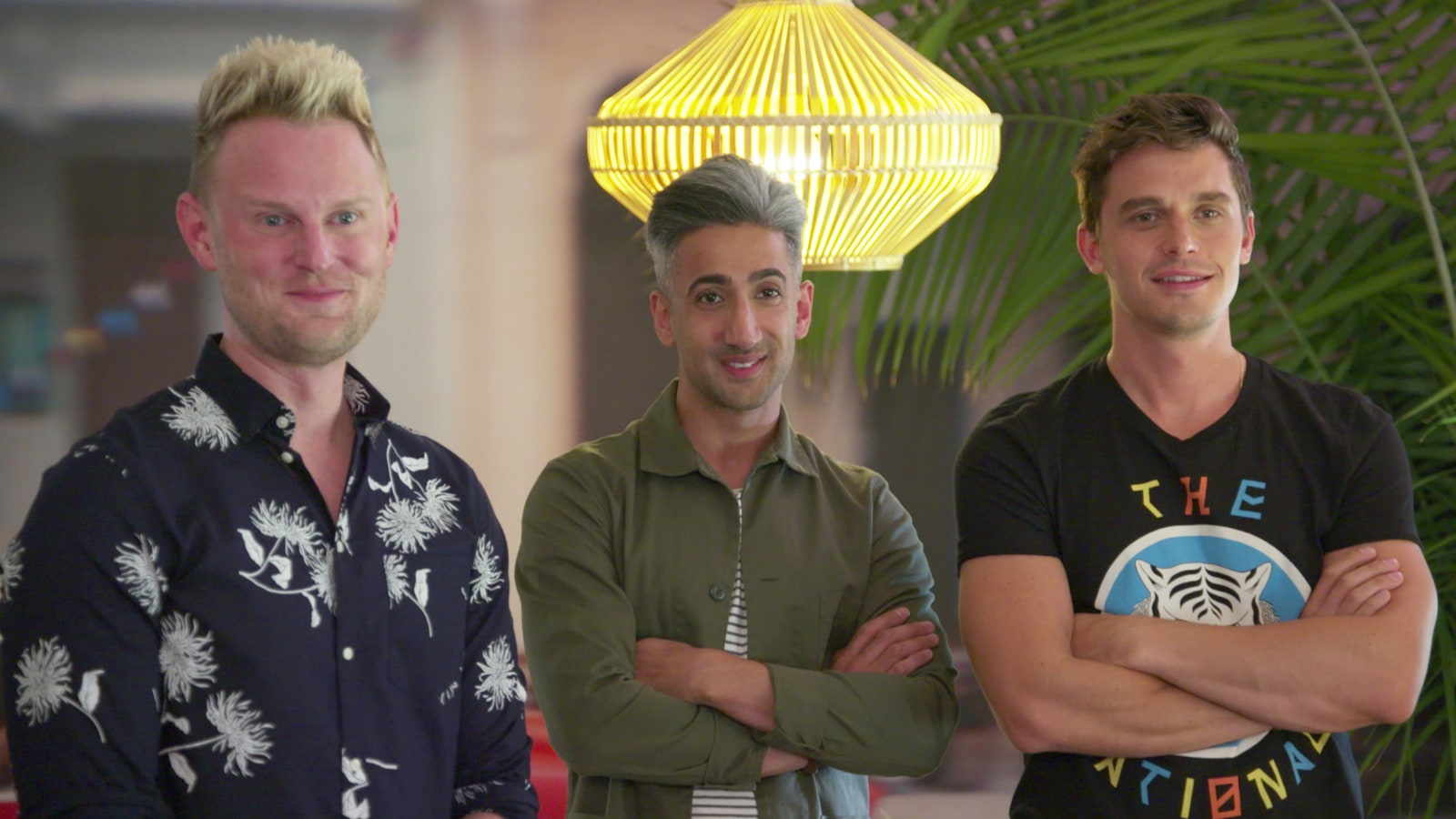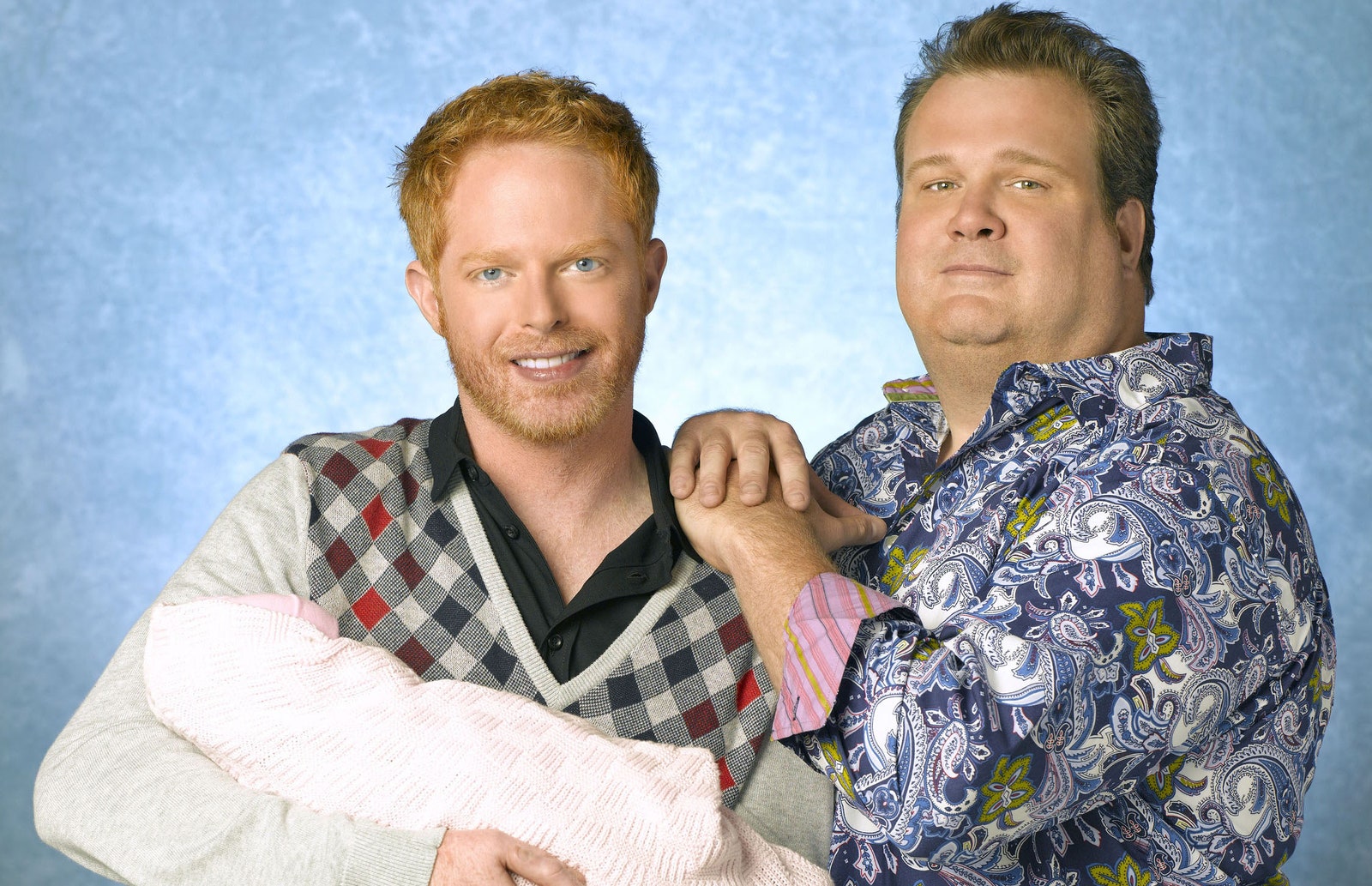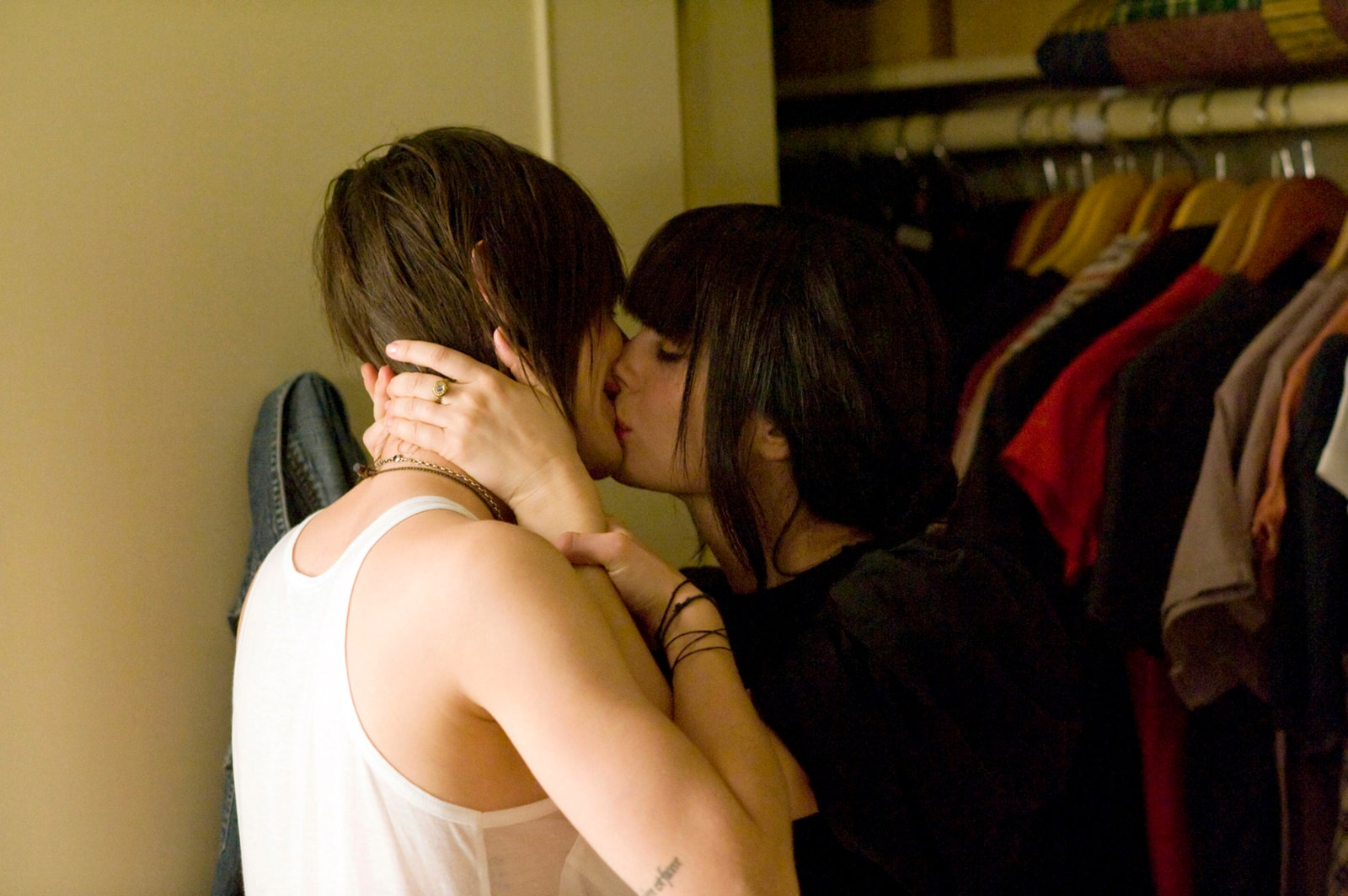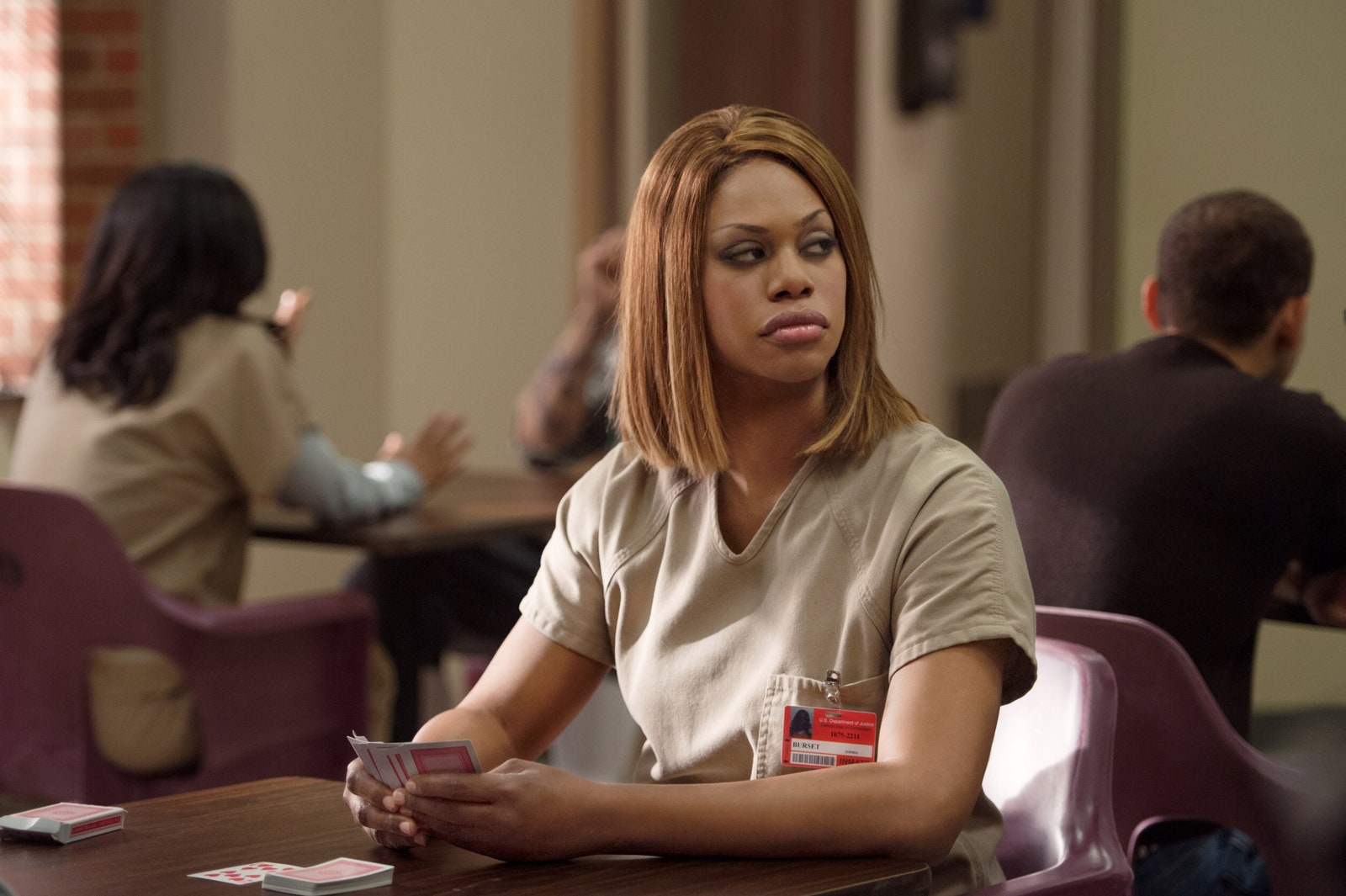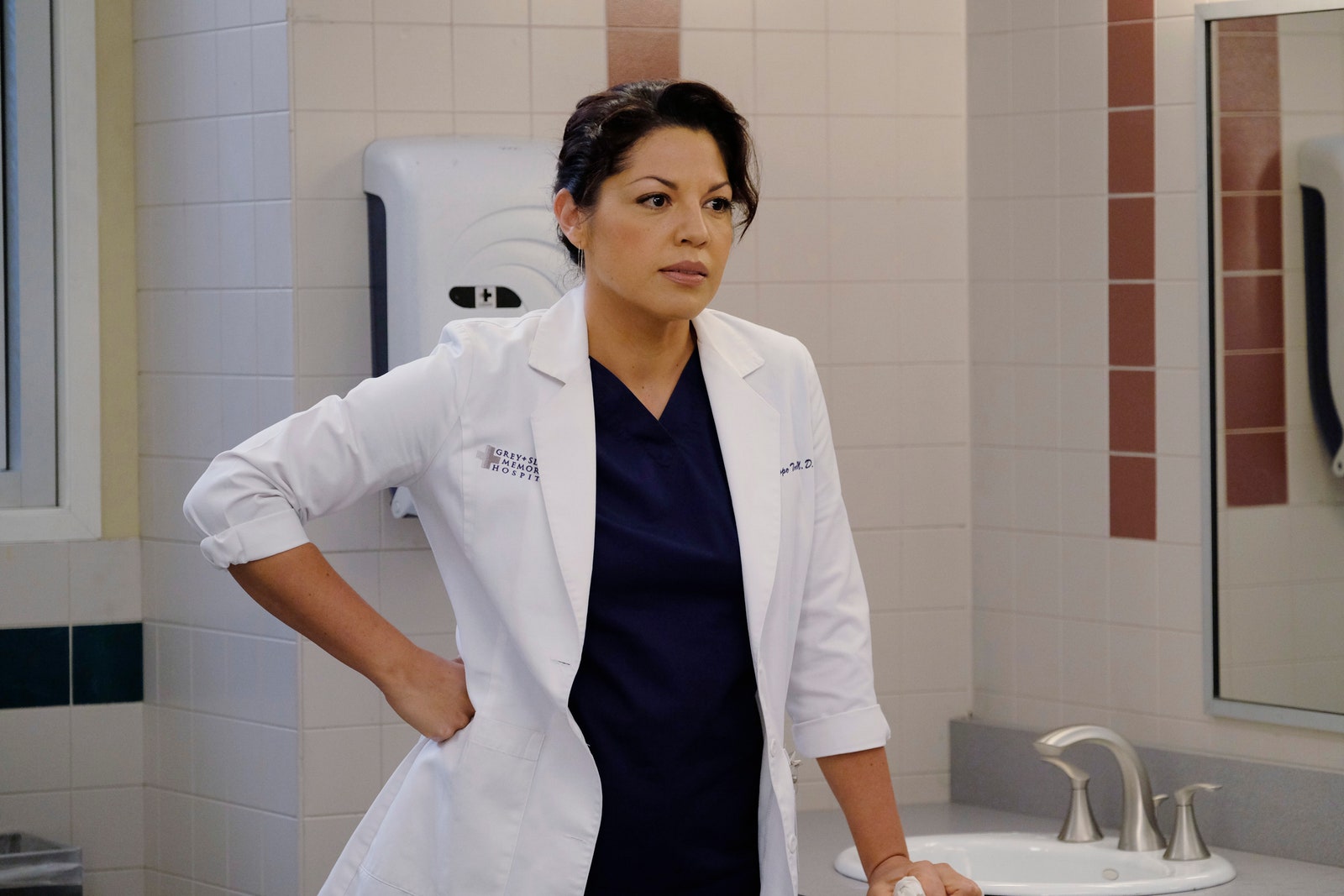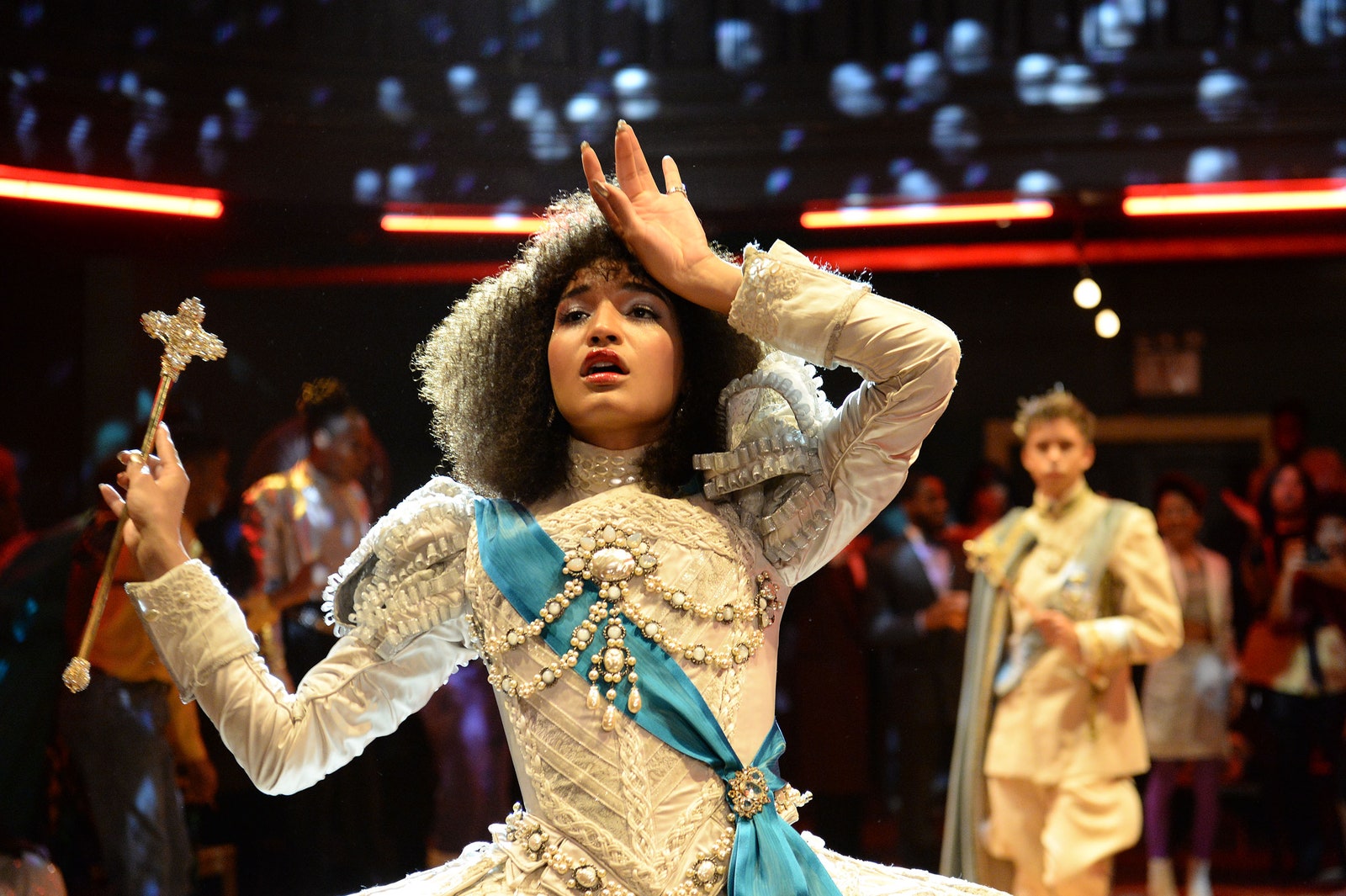From "Pose" to "Queer Eye."

19 TV Shows That Changed Everything for LGBTQ+ Representation
Slowly but surely, TV shows are doing a better job at depicting the full scope of the varied LGBTQ+ experience. Things started out small, with series like Will & Grace and Glee revealing slices of queer identity. Now sitcoms, dramas, and everything in between have expanded that showcase, dedicating themselves to getting representation right.
But we didn’t get there overnight, and there’s still more work to be done. However, these 19 TV shows, below, did more than just move the dial forward when it comes to LGBTQ+ representation on screen. They broke down the doors, and we should celebrate that.
In honor of Pride Month, let’s take a look back. Because really, that’s the only way to move forward.
The Corner Bar
The Corner Bar was a blip-on-the-radar sitcom that aired on ABC from June 1972 to September 1973, but it contains an extremely important character in queer TV history: Peter Panama, a set designer played brilliantly by Vincent Schiavelli. Peter is widely considered to be the first recurring gay character to ever appear on television; he was so entertaining, though, he should’ve been a series regular.
L.A. Law
Actors Amanda Donohoe and Michele Greene broke new ground on a 1991 episode of L.A. Law when their characters kissed, the first-ever romantic kiss between women on network television.
The Real World
Equally as pioneering was Pedro Zamora’s involvement in The Real World: San Francisco. He was one of the first gay men living with AIDS to be featured on television, and what’s more, his commitment ceremony to boyfriend Sean Sasser was the first same-sex union broadcast on television. Zamora died at age 22 in Miami from AIDS-related issues.
Friends
Friends didn’t feature the first same-sex marriage on network television, but it did have the first lesbian one. Yes, before Carol and Susan said, “I do!” on a 1996 episode of Friends, no one had ever seen two women tie the knot on a show. “It was the first lesbian wedding to ever be shown on TV, and they blocked it out in some affiliates,” Jane Sibbett, who played Carol, explained on Lorraine. “But it all worked out as we got so much press because they blocked it. We actually won awards for that storyline.” Awards, and an important slot in LGBTQ+ history.
Relativity
The lesbian pop culture blog After Ellen dubbed the kiss between actors Lisa Edelstein and Kristin Dattilo on this short-lived ABC drama the first “real” lesbian kiss, and that’s not an inaccurate statement. One of the characters on L.A. Law in 1991 was straight, but this scene from Relativity marks the first time two women characters who identified as either lesbian or bisexual shared a passionate, open-mouthed kiss on screen.
Queer as Folk
This Showtime drama is important for many reasons. First and foremost, it’s an addictive series about complex, nuanced queer characters. More notably, though, it was the first hour-long American show to solely focus on the lives of LGBTQ+ people.
Ellen
Ellen DeGeneres ventured into uncharted territory in 1997 when her character on Ellen (her popular self-titled sitcom) came out. It marked the first time a character ever publicly declared out loud, “I’m gay,” on television.
Will & Grace
Will & Grace doesn’t have any firsts, really. Well, that’s not true; it does contain the first-ever Cher fever-dream sequence (see above). What’s so trailblazing about Will & Grace was how normal it was; it featured two gay men at the center who were happy, well-adjusted, and successful—for the most part. It was radical back then—especially on network TV—to see gay people just living their lives without having any internal turmoil about being gay.
Queer Eye
First there was the 2003 Bravo show, and now we have the Netflix reboot. Both are alike in many ways, but what they share above all is the pure desire to close the queer-straight gap. Granted, the O.G. version gets the credit for doing this first, but Netflix is certainly carrying the torch nicely.
Noah’s Arc
Noah’s Arc became Logo TV’s first scripted series when it debuted in 2005. The comedy-drama featured a largely POC cast, which was particularly refreshing in the early 2000s, when almost all the queer characters in pop culture were white. To be honest, it’s refreshing in 2021—a time when queer characters are still, for the most part, white, cisgender, and male.
As the World Turns
When Luke (Van Hansis) and Noah (Jake Silbermann) smooched in a 2007 episode of this long-running soap opera, it made history as daytime TV's first gay kiss.
RuPaul’s Drag Race
RuPaul’s Drag Race was, for many people, their first exposure to drag queens and drag culture. The Logo-turned-VH1 show is a cultural phenomenon and, as of 2021, has earned 19 Emmy Awards.
Modern Family
ABC’s dedication to depicting a loving, nurturing household with two gay men—Cam (Eric Stonestreet) and Mitchell (Jesse Tyler Ferguson)—is what makes Modern Family so special, even a decade-plus after its first episode.
The L Word
This long-running Showtime series is the first to feature nuanced lesbian protagonists. Before this show, women kissing women was often a shock vehicle on screen: something done to get people talking and to boost ratings. The L Word, however, was dedicated to showing the lives of its characters in an authentic way.
Orange Is the New Black
Orange Is the New Black is one of the most diverse TV shows ever, and one of its most impressive accomplishments is garnering Laverne Cox an Emmy nomination in 2014. For her portrayal of Sophia Burset, Cox became the first openly transgender person to receive a nomination from the Television Academy.
Grey's Anatomy
Bisexual representation is hard to come by on network television, let alone from characters of color. That's why Dr. Callie Torres (Sara Ramirez) from Grey's is so important and meaningful to many. “I felt ready to portray a bisexual person's journey that I'd never seen on television before,” Ramirez told People about the character.
Pose
Ryan Murphy’s critically-acclaimed FX series centers on New York City’s ball culture in the 1980s. It features the largest cast of transgender actors ever for a TV show. “We are thrilled that Pose pushes the narrative forward by centering on the unique and under-told experiences of trans women and gay people of color,” Pose cocreator Steve Canals said. “Ryan has assembled a strong team of storytellers and innovators to collaborate on telling this important narrative. As a Bronx-bred queer writer of color, I’m honored to aid in ushering this groundbreaking show into homes.”
Black Lightning
Nafessa Williams made history on this CW series as Thunder, pop culture’s first-ever Black lesbian superhero. Watch Williams talk about the role in this interview, above.
Supergirl
The CW also broke ground with Supergirl, featuring trans actor Nicole Maines as Nia, TV’s first transgender superhero. “I think kids need to watch Supergirl for Nia, because there are more and more trans people coming out younger and younger,” Maines told Glamour in 2018. “I think it is necessary to educate folks on trans issues and to make them aware of trans identities and normalize it, because it is normal. But when you’re shielded from something and it’s actively censored, it takes a negative connotation. If people are more educated and they’re more aware of these issues and more familiar, they won’t feel so foreign.”
Christopher Rosa is the entertainment editor at Glamour.
This story originally appeared on: Glamour - Author:Christopher Rosa
